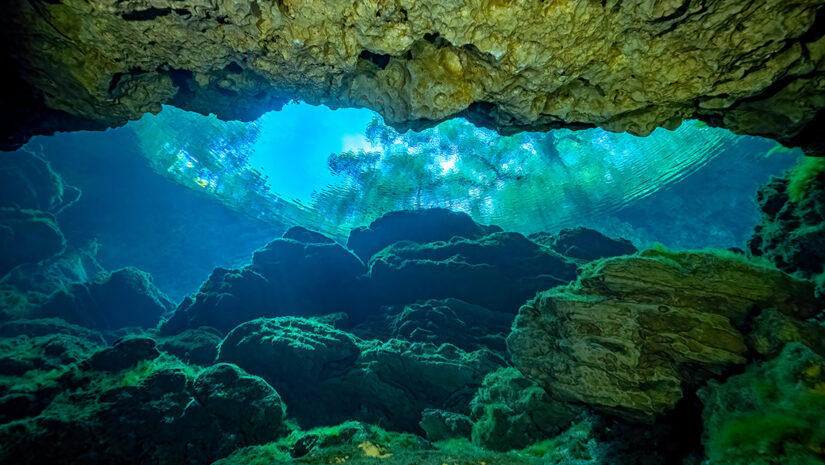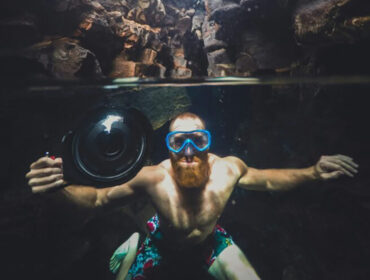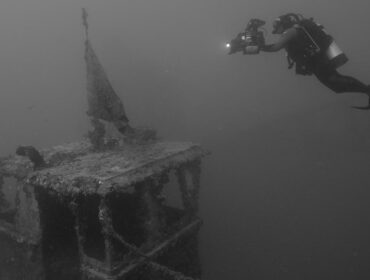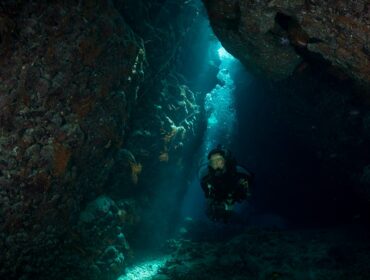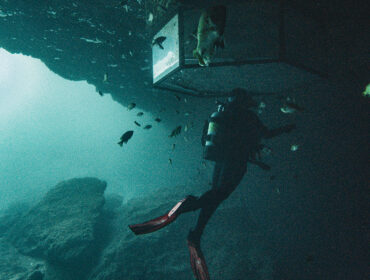Peacock Springs State Park is a 733-acre Florida State Park located on Peacock Springs Road, two miles east of Luraville, Florida. The park offers numerous activities, including picnicking, swimming, diving, and viewing wildlife. The most exciting thing is the State Park’s unique cave diving experience.
The park has two major springs, a spring run, and six sinkholes, all in near pristine condition. In one of the most extended underwater cave systems in the continental United States, cave divers have explored and surveyed about 28,000 feet of underwater passages.
Peacock Springs comprises three cave systems.
Peacock I, II (inaccessible at the surface), and III. It is a complex karst limestone system with nine entrances and exits. (Karst is a landscape formed from dissolved soluble rocks, including limestone, dolomite, and gypsum. Sinkholes, caves, and underground drainage systems characterize it) Six openings are easily accessible. However, three are only used as emergency exits.
The average depth of the system is about 60 feet, and it is extremely popular with instructors for cave and cavern training to practice skill proficiency since there is virtually no flow. It is also the best place for students to begin or continue cavern/cave diving training, as the diversity of the systems and varying depths offers something for everyone.
Certain parts of the Peacock State Park require divers to possess cave or Cavern certification, such as the Peacock 1 and 3 systems. Orange Grove is one of two areas in the park where cavern diving is allowed. The open water portion of the basin reaches a depth of fifty to sixty feet. The cavern zone begins on the downstream side, reaching around 100 feet. The upstream entrance starts at seventy feet behind a few trees that have fallen into the sink underwater. This is a low-profile tunnel with a deep silt bottom.
Peacock 3 is an extensive cavern system that leads to a cave. However, the dive site is silty and should not be done without excellent buoyancy control. The silting also reduces the available light, making it even more of a challenge.
The Olsen Sink is a sinkhole with a tiny cavern zone that enters the cave and leads to Peacock 1. The silt is very fine and, if disturbed, will stay suspended for quite a while, so stay high off the bottom.

